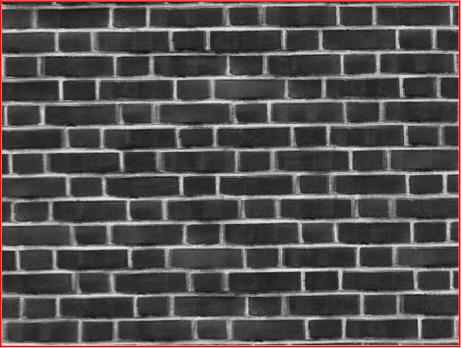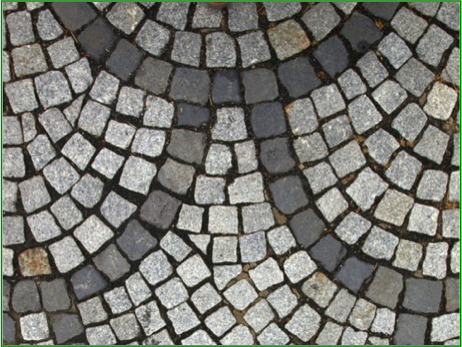# Best practice for Image Targets
This guide gives you an overview of how to create a target collection that you can use to detect and track images within your ARchitect World.
# Summary
Preferred images have:
- between 500 and 1000 pixels in each dimension
- Rich contrast
- Evenly distributed textured areas
- Many corner-like structures
Unsuitable images have:
- Smaller dimensions than 500 pixels
- Larger than 1000 pixels as they do not provide more accurate results
- Large amounts of text
- Many repetitive patterns
- Large single-colored areas
- Color contrast only (e.g. green to red edge), because all images are processed as grayscale images
# Optimal Image Dimensions
- Optimal images are sized between 500 and 1000 pixels in each dimension
- Small images do not contain enough graphical information to extract so-called feature points. The uniqueness, amount and distribution of features points are the key indicators for good detection and tracking quality
- Larger images do not improve the tracking quality


# Low contrast images
- Images with high local contrast and a large amount of rich textured areas are best suited for reliable detection and tracking
- Color contrast only (i.e. green to red edge) appears as high contrast to the human eye but is not discriminative to computer vision algorithms as they are operating on grayscale images
Tip
For low contrast images, try to increase the contrast of your target image with an image editing tool like Gimp or PhotoShop to improve detection and tracking quality
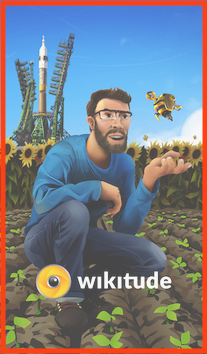
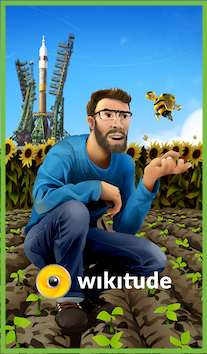
# Distribution of textured areas
- Images with evenly distributed textured areas are good candidates for reliable detection and tracking
- This might be the hardest part to be in control of and often can’t be changed.
Tip
Try to crop the most prominent part of your image and use only this as target image.
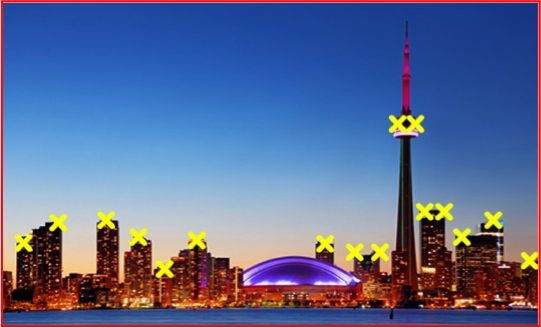
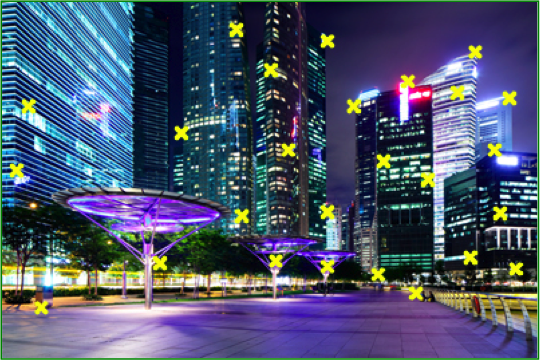
# Images with whitespace
- Single-colored areas or smooth color transitions often found in backgrounds do not exhibit graphical information suitable for detection and tracking.
Tip
Try to crop the most prominent part of your image and use only this as target image.
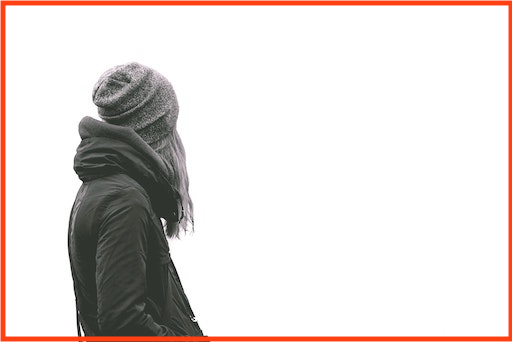
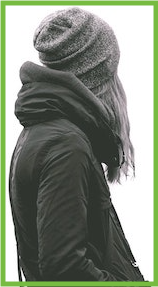
# Vector-based graphics
- Logos and vector-based graphics usually consist of very few areas with high local contrast and textured structures and are therefore hard to detect and track.
Tip
Try to add additional elements to the graphic like your logotype or any other specific elements, which can go along with your graphic.
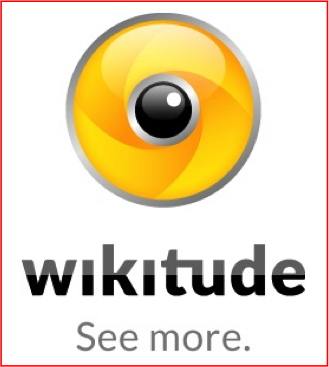
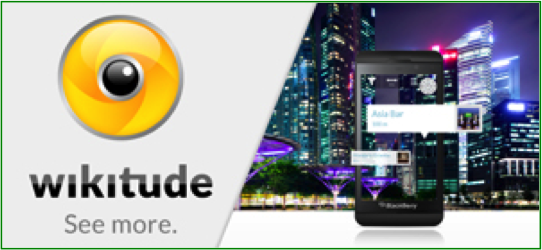
# Images with a lot of text
- Images consisting primarily of large areas of text are hard to detect and track.
Tip
Try to have at least some graphical material and images next to your text for your target image.
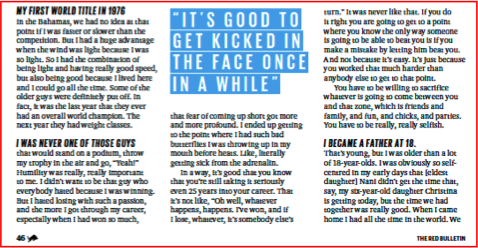
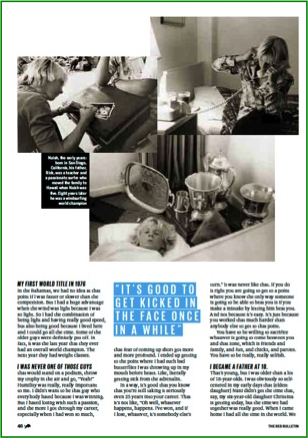
# Repetitive patterns
- Repetitive patterns exhibit the same graphical information at each feature point and therefore cannot be localized reliably
- Images with slightly irregular structures can convey a similar information to the target audience while providing enough unique feature points to be detected (second image)
Tip
Try a different selection of your image including non pattern parts or use images with irregular patterns
